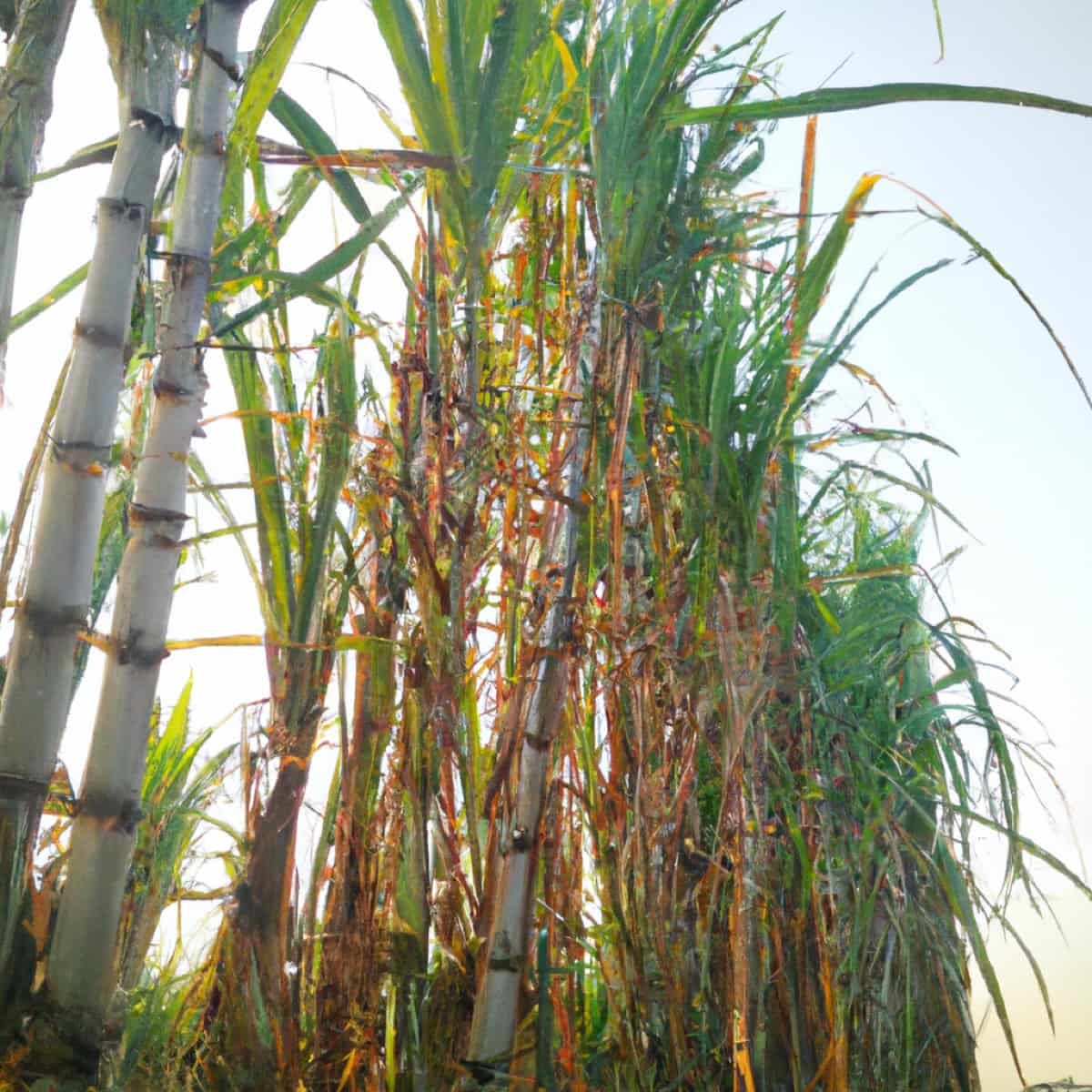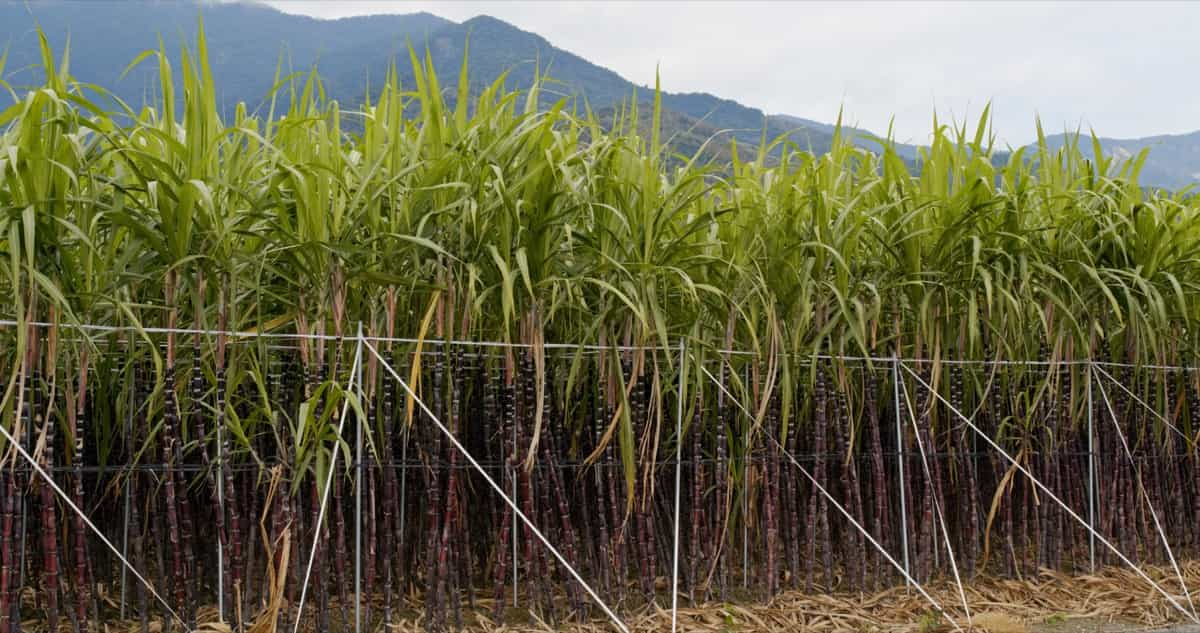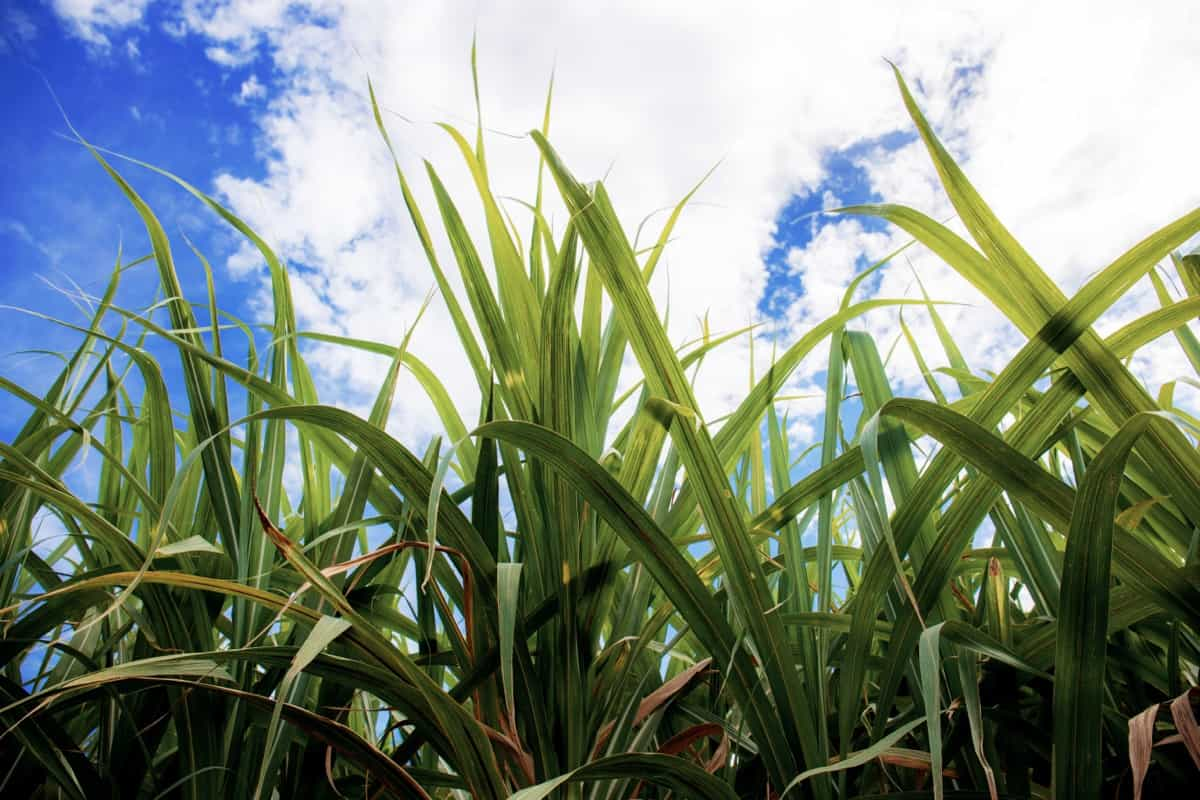Pokkah Boeng disease, caused by Fusarium spp., is an airborne fungal disease that causes significant economic losses and significantly impacts sugarcane cultivation. F. proliferatum, F. moniliforme, F. verticillioides, F. sacchari, and F. andiyazi are the most prevalent Fusarium species causing this disease. The disease reduces yield and quality by decreasing cane height, girth, internode length, and pol and sucrose percentages.

The yield losses range between 5 and 90%. Infecting host plants, Fusarium species produce macroconidia and microconidia, mycelia, and chlamydospores that serve as propagules. Resistance cultivars and chemical fungicides are recommended to control the disease, but they pose risks to human and animal health.
In controlling this disease, biocontrol microorganisms such as Trichoderma have proven effective. In addition, natural and organic disease control methods, such as neem oil, garlic, and copper, have shown promise in combating the disease. Detection and control of Pokkah Boeng disease at an early stage are essential for minimizing yield losses and maximizing sugarcane productivity.
Pokkah Boeng Management in Sugarcane
The Causal Organisms of Pokkah Boeng Disease
Several species of Fusarium, including Fusarium subglutinans, Fusarium sacchari, and Fusarium moniliforme Sheldon, are responsible for Pokkah Boeng disease in sugarcane. Infecting host plants, these fungal pathogens produce macroconidia and microconidia, mycelia, and chlamydospores as spores. They are parasitic, and some can produce mycotoxins on plants. Pokkah Boeng disease reduces cane height, girth, and internode length, resulting in significant yield losses.
The Disease Cycle of Pokkah Boeng Disease
Pokkah Boeng disease has an airborne disease cycle and is transmitted mainly through air currents, with secondary transmission occurring via infected setts, irrigation water, splashed rains, and soil. Airborne spores colonize plants’ leaves, blossoms, and stems through insect bites, borers, and natural growth cracks.
Typically, infection occurs through the spindle along the margin of a partially expanded leaf, resulting in leaf deformation and shortening. Spore spread is greater during the dry season, followed by the wet season, and the pathogen can persist in plant debris for up to 12 months under natural conditions.
Causes/Conditions Favorable for Pokkah Boeng Disease in the Field
Pokkah Boeng pathogens thrive in temperatures between 20 and 30 degrees Celsius and relative humidities between 70 and 80 percent, especially during cloudy weather and light rain. These favorable conditions facilitate the rapid spread and development of the disease in sugarcane plantations, resulting in considerable yield losses and decreased cane quality parameters.
In case you missed it: Ratoon Stunting Management in Sugarcane: Symptoms, Identification, Treatment, Chemical, Biological, Natural, and Organic Control

Symptoms of Pokkah Boeng Disease
- Chlorotic symptoms appear first. Tip-rot occurs when the spindle’s tip dies, buds sprout, and the stalk’s apex is damaged.
- Transverse cuts in the stalk or stem rind, resembling ladder lesions, define the knife-cut Phase of the top rot.
- All stages show chlorotic patches, wrinkling, twisting, and leaf shortening.
- Chlorotic phase: chlorotic patches at the base of young leaves, along with leaf wrinkling, twisting, and shortening.
- Acute Phase or Top-Rot phase: most severe stage in which malformation and twisting of leaves are prominent, red specks disappear, and the base of the spindle rots and dries out, buds may emerge, and apical portions of the stalks can be damaged.
- Knife-Cut phase (associated with top rot phase): Transverse cuts in the stalk or stem rind, resembling ladder lesions, induced by removing tissue with a sharp knife.
Percentage of the Yield Loss Due to Pokkah Boeng Disease in Sugarcane
Pokkah Boeng disease reduces sugarcane yield and quality factors such as cane height, girth, internode length, pol%, and sucrose%. The proportion of yield loss can range from 5% to 90%. The severity of the disease is influenced by variables such as soil type, climate, sugarcane variety, and plant age.
Pokkah Boeng Management in Sugarcane by Cultural Method
- Use of healthy seed material
- Avoidance of waterlogging and excess irrigation
- Regular removal of diseased plant debris
- Adoption of crop rotation practices
- Application of organic matter to improve soil health
- Planting resistant varieties
Pokkah Boeng Management in Sugarcane by Biological Method
- Use of biocontrol agents to control the disease, such as Trichoderma species and Pseudomonas species
- Using mycorrhizae and other helpful fungi to increase plant growth and nutrient uptake
- Adoption of practices that support biodiversity and decrease stress on the crop.
Pokkah Boeng Management in Sugarcane by Chemical Method
- To reduce dependence on chemical control, consider preventive measures such as using healthy seed material and implementing cultural and biological management practices.
- Use fungicides like copper oxychloride on time, in the suggested doses, and according to the label.
- To avoid pathogen resistance, alternate using different fungicides with varying modes of action.
Preventive Measures for Control of Pokkah Boeng Disease
- Sugarcane should be planted from healthy setts or disease-free seed setts.
- Use setts made from cereals that have been heated in humid hot air to eliminate any disease-causing pathogens that may be present.
- In areas where the disease is present, use crop rotation to lessen the disease’s accumulation in the soil.
- As soon as signs of “top rot” or “knife cut” are noticed, remove any canes or setts exhibiting them, and burn them to destruction.
- Harvest infected crops as soon as feasible to prevent the disease from spreading.
- Regularly check fields for disease symptoms and move quickly to stop the spread of the illness.
- To lower the risk of disease, use resistant sugarcane varieties whenever feasible.
In case you missed it: Grassy Shoot Management in Sugarcane: Disease Symptoms, Identification, Treatment, Chemical, Biological, Natural, and Organic Control

Conclusion
In sugarcane crops, Pokkah Boeng Disease can result in major yield losses. Early symptom recognition and integrated management strategies, which incorporate cultural, biological, chemical, natural, and organic techniques, can help control the disease and lessen its negative effects on crop output.
- Deworming Schedule for Dogs/Puppies: A Beginners Guide
- How to Prevent and Control Parasites in Goats
- Beneficial Insects in Pest Management
- Natural Solutions for Pest Control in Flower Gardens
- Types of Fungicides Used in Agriculture
- Common Issues in the Fruit Development Stage of Pomegranate Farming
- Fruit Development Issues in Papaya: Easy Solutions and Treatment
- Soil-Borne Diseases and How to Protect Your Plants
- Practices to Prevent Disease Spread in the Garden